Oil price posts two-year highs - but how long can it last?
Brent rose above $59 a barrel this week, its best third-quarter showing since 2004
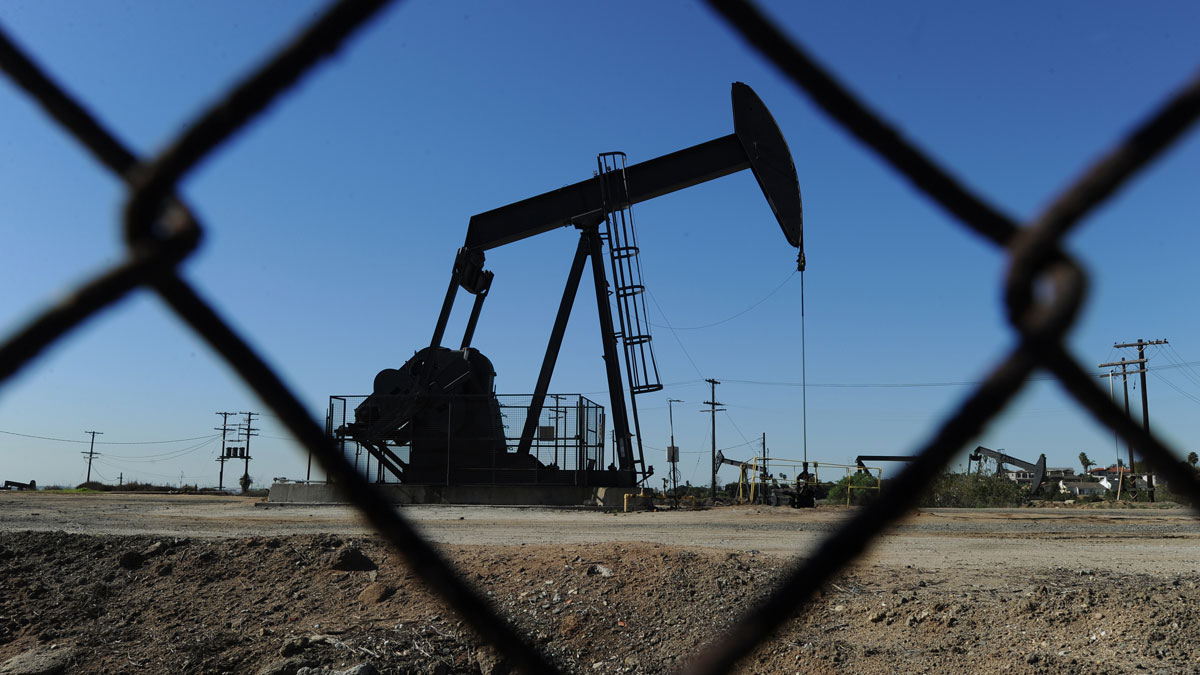
Could the oil price be about to hit $50 a barrel?
17 May
The oil price is this morning hovering around the six-month highs reached on Monday and threatening to rise to $50 a barrel for the first time since November.
International benchmark Brent crude hit a high of close to $49.50 a barrel during the opening session this week. This morning, it touched $49.39 before easing back to $49.22 at 9am. Meanwhile its US counterpart, West Texas Intermediate, hit $48.39 a barrel this morning, its highest level since October.
The Week
Escape your echo chamber. Get the facts behind the news, plus analysis from multiple perspectives.

Sign up for The Week's Free Newsletters
From our morning news briefing to a weekly Good News Newsletter, get the best of The Week delivered directly to your inbox.
From our morning news briefing to a weekly Good News Newsletter, get the best of The Week delivered directly to your inbox.
Hot on the heels of a more positive period for oil since the 13-year lows reached in February – and despite a deal to curb production among major oil states being scuppered last month – the latest rally is being driven by supply outages that some say have at least temporarily reversed the entrenched oversupply.
Canadian wildfires, Nigerian sabotage attacks and problems in Venezuela where the crumbling economy is causing supplier payments to be delayed have all combined to remove as much as 3.6 million barrels per day of output, reports Reuters.
This has prompted Goldman Sachs, hitherto "the most bearish of the leading commodity banks," according to the Financial Times, to reverse its prediction that oil will slump back to around $20 a barrel. Instead the banks' analysts now foresee US oil returning to around $50 for the remainder of this year.
Herein lies the rub: Goldman still predicts that oil will get stuck at around $50 this year and next, with record pumping by Opec states likely to return the market to a supply excess in the early part of next year. Barclays says the spectre of oversupply could return to haunt us before the third quarter of this year and many analysts agree that current price levels will act as a cap.
A free daily email with the biggest news stories of the day – and the best features from TheWeek.com
But some analysts reckon the current rally could be just the start of a huge price spike that will take traders by surprise.
Dan Steffens, the president of the oil industry networking firm Energy Prospectus Group, writes on Oilprice that historically "price cycles do not end well" and that "the big ones, and this is one of the biggest ever, overshoot the mark and result in a supply shortage".
Steffens therefore predicts "all significant supply outages… will send crude oil prices skyrocketing" by the end of this year. He concludes: "The Wall Street analysts that are saying we will never see oil over $100 [a barrel] again will be eating those words".
Oil price surges amid supply 'deficit' claims – but will the rally last?
16 May
The oil price is rising again following claims from one of the most bearish forecasters in the market that supply has "flipped" into deficit in recent weeks.
Goldman Sachs is the investment bank that famously predicted earlier this year that oil could fall as low as $20 a barrel due to entrenched oversupply. International benchmark Brent crude and its American counterpart West Texas Intermediate hit a low of between $26 and $27 a barrel respectively in early February.
Since then the oil price has bounced back by more than 70 per cent, with traders hopeful that the market might be picking up again. Goldman claims this has finally happened in recent weeks, after nearly two years of excess gave way to a supply deficit this month.
The deficit is the result of a spate of supply outages, notes Reuters, citing the example of Canada where according to recent reports more than 1.6 million barrels a day of output have been lost to out of control wildfires. There have also been major stoppages in Nigeria, where acts of apparent sabotage have left exports at their lowest level "for decades".
Elsewhere a more rapid decline in production in the US has been prompted by a spate of shale oil bankruptcies – and experts predict that Venezuelan supply could crash as a result of an "economic and political meltdown amid low oil prices".
Faced with this scenario, most analysts no longer see a return to the 13-year lows of a few months ago. This morning, Brent touched a seven-month high close to $49 a barrel and was up 1.8 per cent at $48.70 at around 10.10am in London. WTI was also up 1.8 per cent to a fraction above $47.
At the same time, many observers believe that the current price levels, which are still squeezing producers in many regions, are likely to hold for the time being and that there are risks of another fall coming in the months ahead.
Goldman reckons that the ongoing turf war being waged by and between Opec states could return the market to oversupply by early next year. As such, says Yahoo News, the bank is putting a cap on prices of around $50 a barrel this year and only marginally higher in 2017.
Barclays is even more cautious, citing weaker refinery margins and demand as presenting a significant risk of prices falling back as soon as the third quarter of this year.
Is oil heading for a 'hard fall' in the next month?
13 May
Oil prices have been volatile in recent sessions, broadly holding at levels close to a recent 2016 high and as much as 70 per cent above a February low.
Nevertheless, some analyst are keeping a firmly bearish view, with Jim Ritterbusch, of Chicago-based oil markets consultancy Ritterbusch & Associates, telling Reuters that oil was heading for a "hard fall next month", predicting a "potential dollar rally or weak Chinese economic data".
Oil settled up around one per cent yesterday and Brent crude rose above $48 a barrel as traders continued to take a positive view on the rebalancing effect of the hit to output in Canada caused by wildfires. The US energy watchdog even reported an unexpected fall in domestic crude reserves last week.
But prices fell back overnight and the benchmark was down 0.8 per cent to $47.70 in London at 9.15am today. Its US counterpart, West Texas Intermediate, was down 1.2 per cent at a little more than $46 a barrel.
This turnaround reflects in part a jump in the dollar, notes Reuters, which makes oil more expensive for buyers in key markets such as China and India. "The dollar has recovered 2.46 percent in value from May lows against a basket of other leading currencies, reversing an almost eight per cent fall earlier in the year."
More pertinently, the fear remains that despite the recent supply outages and optimism from the International Energy Agency, excess production will persist. Russia's energy minister, Alexander Novak, forecast yesterday that the market might not balance out until the first half of 2017.
In this context, the optimistic assessment of Canadian officials on its speedy recovery from the wildfires shutdowns is a bearish signal. As much as one-third of the around 1.5 million barrels a day that had been shut off have already come back on-line and operators say they are "gradually ramping up output".
Oil price bounces back on stockpile data shock
12 May
Optimism among traders and producers on the prospects for the oil price returned on Wednesday, as a shock report showed US stockpiles fell last week.
The Energy Information Administration revealed US domestic reserves dropped by 3.4 million barrels, "just about exactly opposite" to a bearish report from the American Petroleum Institute on Tuesday, Dominick Chirichella, at the Energy Management Institute in New York, told Reuters.
Stocks are being drawn partly because of the production outages in Canada due to wildfires, as well as those in other areas such as a Royal Dutch Shell pipeline in Nigeria. Refinery maintenance also allowed consumption to eat into the stockpiles of gasoline and other derivatives.
West Texas Intermediate hit a new 2016 high above $46.20 a barrel yesterday, while Brent crude surged back above $47.50. This means the international benchmark governing prices for North Sea oil is again closing in on the high for the year it had hit last week of close to $49 a barrel.
Compounding the positive sentiment, the International Energy Agency's (IEA) monthly report published this morning claimed widespread supply issues and unexpectedly strong demand in the first quarter pushed the market "closer towards balance", notes the Financial Times.
With oil demand having risen 1.4 million barrels per day in the first three months of the year, it expects demand over 2016 as a whole to average 95.9 million barrels per day. This means it is closing in on meeting total global supply, which stood at 96.2 million barrels per day in April – and in the past week, output will have been at least 1.5 million barrels down on this level.
It remains to be seen whether these developments will be enough to ensure the oil price outperforms analyst forecasts of remaining below $50 a barrel for the foreseeable future.
The IEA noted that Iranian production is returning more rapidly than some had expected following the removal of international export sanctions, hitting 3.6 million barrels in April. Saudi Arabia has also said it will continue to expand its own output.
With comments coming out Canada suggesting its outages will be short lived and underlying supply still fundamentally exceeding demand, the travails for the oil price are by no means over yet.
Oil price to be dragged down by more Saudi pumping
11 May
The oil price remaining "lower for longer" is now "highly likely", says CNBC, after Saudi Arabia ramped up its reform agenda.
The kingdom has replaced its veteran oil minister, Ali al-Naimi, with Khalid al-Falih, the chairman of state-owned oil company Saudi Aramco, who is close to reforming Crown Prince Mohammad bin Salman and has already indicated the kingdom will continue to prioritise market share over prices.
Yesterday, Aramco itself, which has a monopoly on all Saudi oil reserves, announced it will expand its output ahead of a planned minority flotation that would make it the largest quoted company in the world, with a valuation of as much as £1.39trn.
The Times notes in particular that it has set out plans to "increase the output of its Shaybah field in the southeast to one million barrels a day, from 750,000 barrels, by the end of the year". This will allow Saudi Arabia "to maintain total output capacity at 12 million barrels a day, about 13 per cent of global production".
Calls for restraint from other members of the Opec cartel, of which Saudi Arabia is the de facto leader, have seemingly fallen on deaf ears and a tentative deal to freeze supply levels is now off the table.
The proceeds of the Aramco listing and the oil capacity surge will fund a shift away from a dependence on oil and gas revenues. Saudi rulers are apparently prepared to tolerate oil at persistently low levels as it can still export profitably.
Supply issues are dominating the market and caused oil to fall back from its latest modest upswing on Tuesday. An industry report suggested US crude oil reserves rose again last week, while the drop of 1.5 million barrels a day from Canada due to the Alberta wildfires is now expected to be very short-lived.
In addition, there is evidence that the turf war among Middle East rivals is hitting prices in key Asian markets.
"Iran has set its June official selling prices for heavier crude grades it sells to Asia at the biggest discounts to Saudi and Iraqi oil since 2007-2008," Reuters reports.
International benchmark Brent crude fell back below $45 a barrel in London this morning.
-
 Best poetry books of 2025
Best poetry books of 2025The Week Recommends Magnificent collections from Luke Kennard, Leo Boix and Isabelle Baafi
-
 11 extra-special holiday gifts for everyone on your list
11 extra-special holiday gifts for everyone on your listThe Week Recommends Jingle their bells with the right present
-
 ‘Furious Minds: The Making of the MAGA New Right’ by Laura K. Field and ‘The Dream Factory: London’s First Playhouse and the Making of William Shakespeare’ by Daniel Swift
‘Furious Minds: The Making of the MAGA New Right’ by Laura K. Field and ‘The Dream Factory: London’s First Playhouse and the Making of William Shakespeare’ by Daniel SwiftFeature An insider’s POV on the GOP and the untold story of Shakespeare’s first theater
-
 How might the Israel-Hamas war affect the global economy?
How might the Israel-Hamas war affect the global economy?Today's Big Question Regional escalation could send oil prices and inflation sky-high, sparking a worldwide recession
-
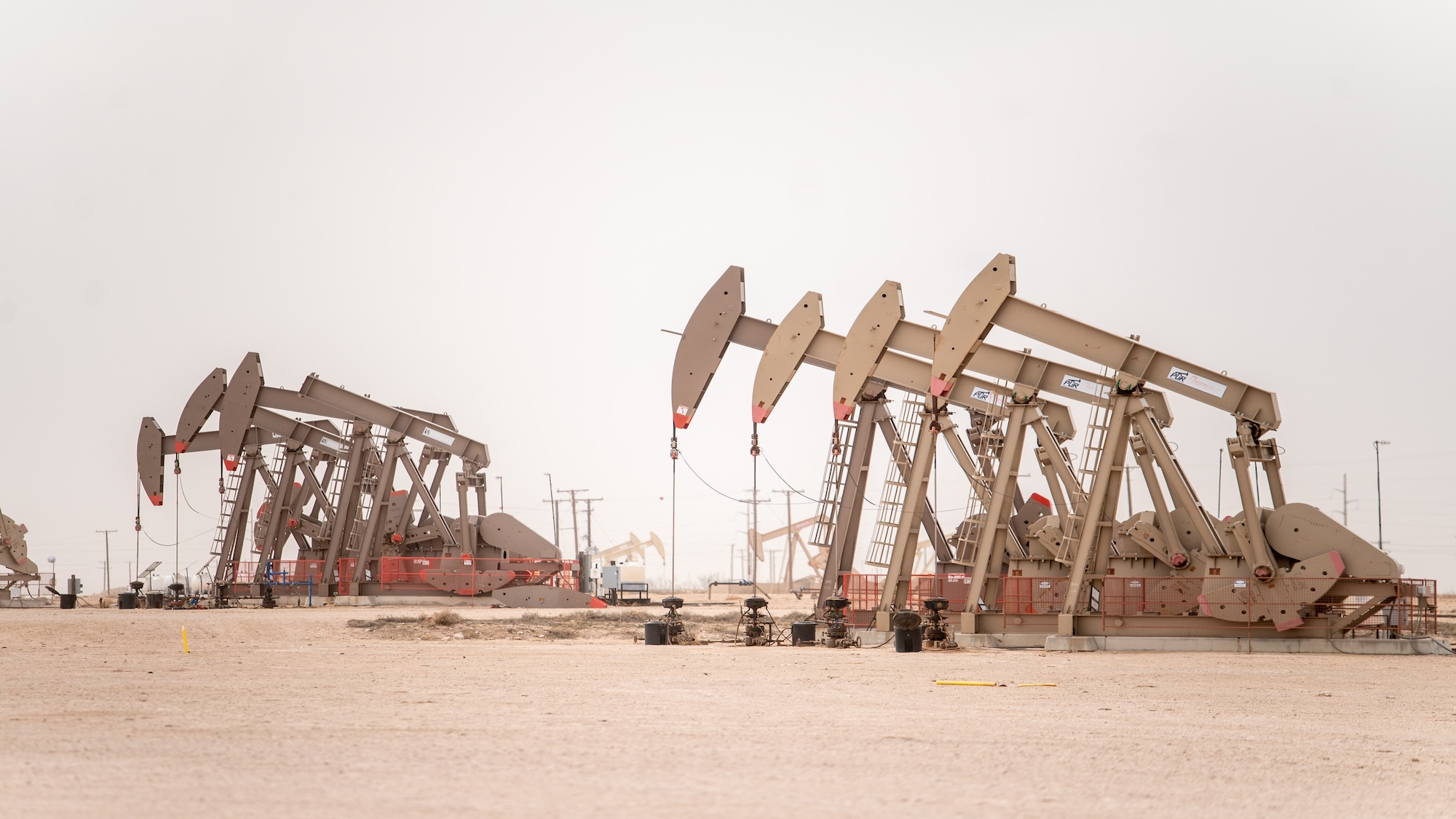 Recent mega-mergers could signal a turning point for the US oil industry
Recent mega-mergers could signal a turning point for the US oil industryTalking Point Both Chevron and Exxon have recently spent billions to acquire smaller oil companies
-
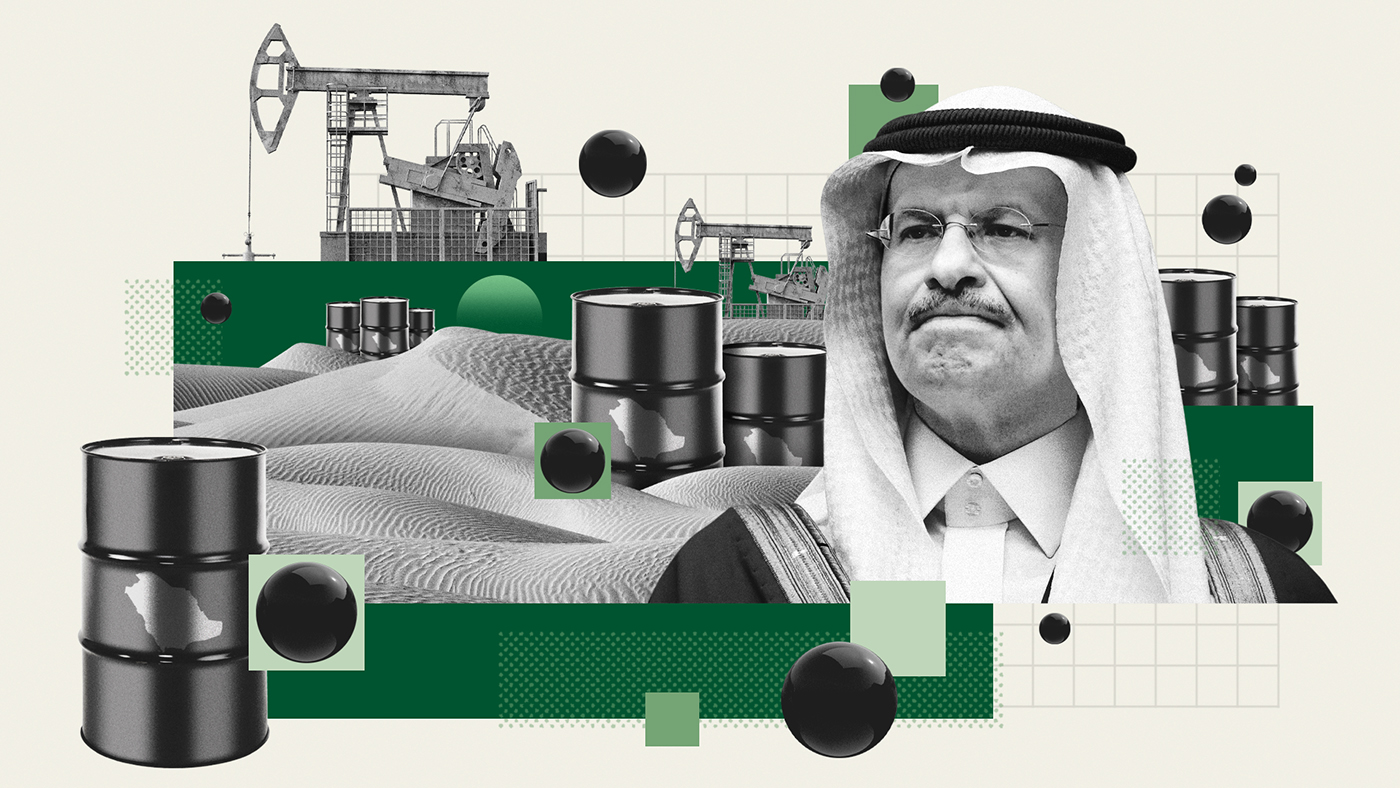 Has Saudi Arabia lost control of oil prices?
Has Saudi Arabia lost control of oil prices?Today's Big Question Kingdom goes it alone to cut production, risking tension with US and reigniting cooling inflation in Europe
-
 US angered by Opec+ oil cut
US angered by Opec+ oil cutSpeed Read Energy prices to rise further as producers slash supply by two million barrels a day
-
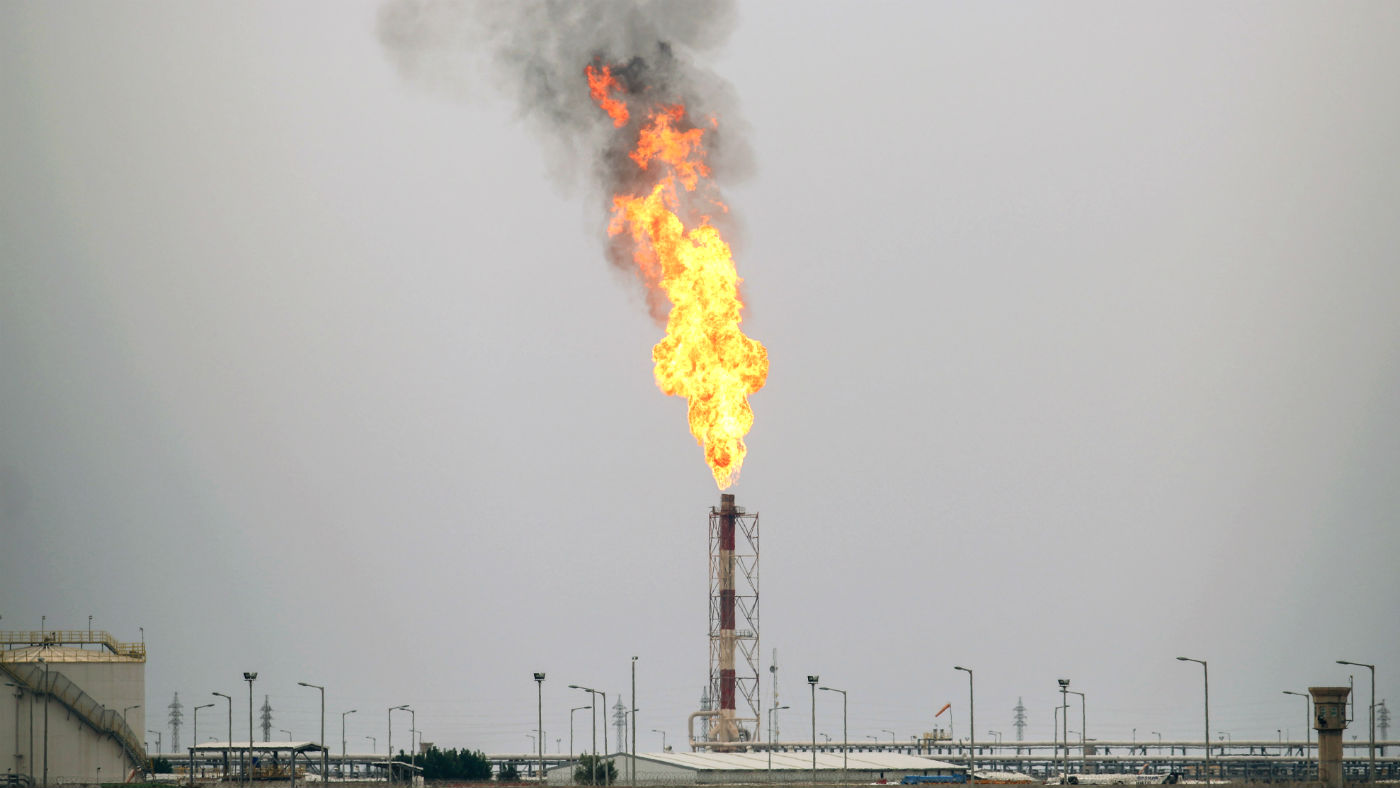 Global oil demand forecast lowered for 2020 and 2021
Global oil demand forecast lowered for 2020 and 2021Speed Read IEA report says jet fuel demand remains the major source of weakness
-
 Are US-Iran tensions flaring again?
Are US-Iran tensions flaring again?In Depth Trump threatens military action over Twitter
-
 Can a deal be struck to raise oil prices?
Can a deal be struck to raise oil prices?In Depth Opec+ will convene today over video link in a bid to boost crude
-
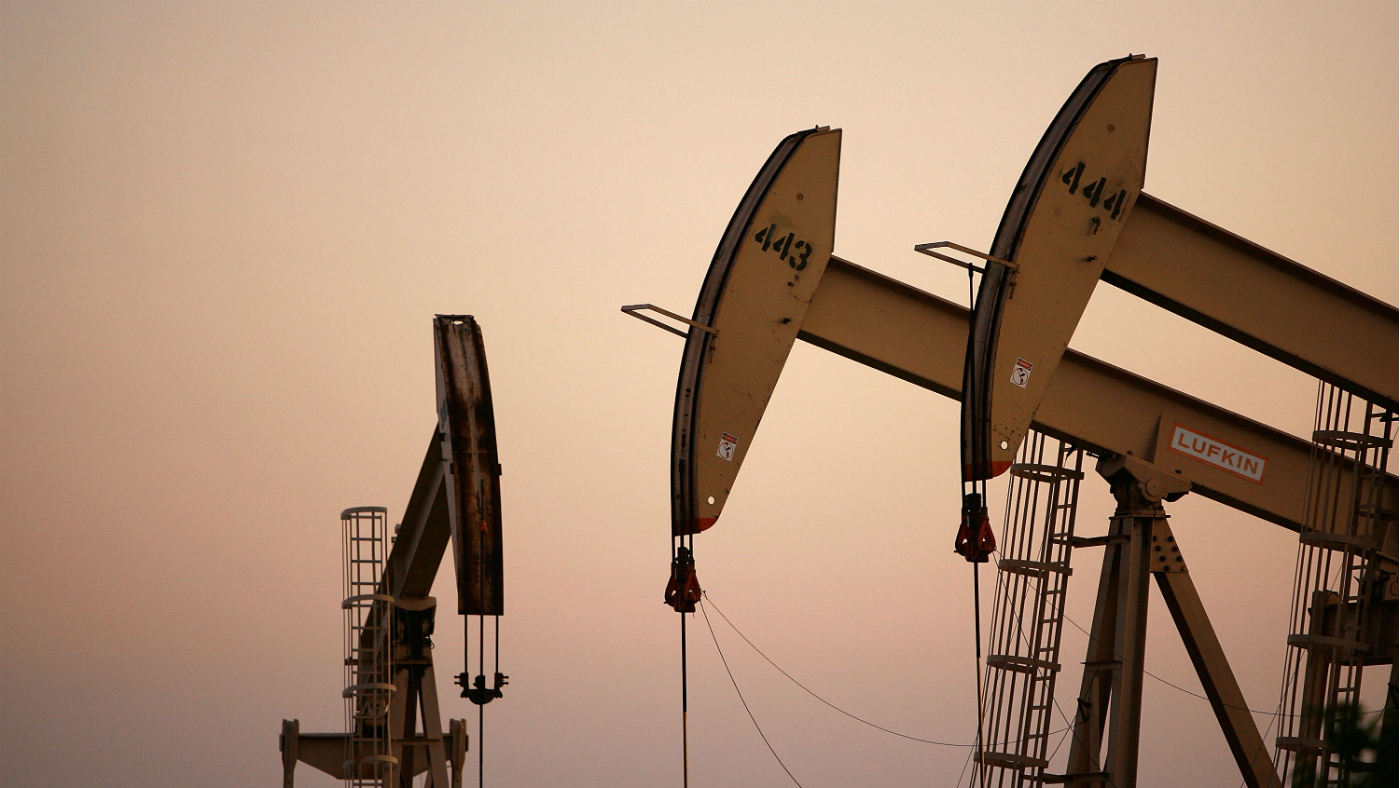 What do negative oil prices mean?
What do negative oil prices mean?In Depth Perfect storm of oversupply and storage shortages sees producers paying to get rid of US crude